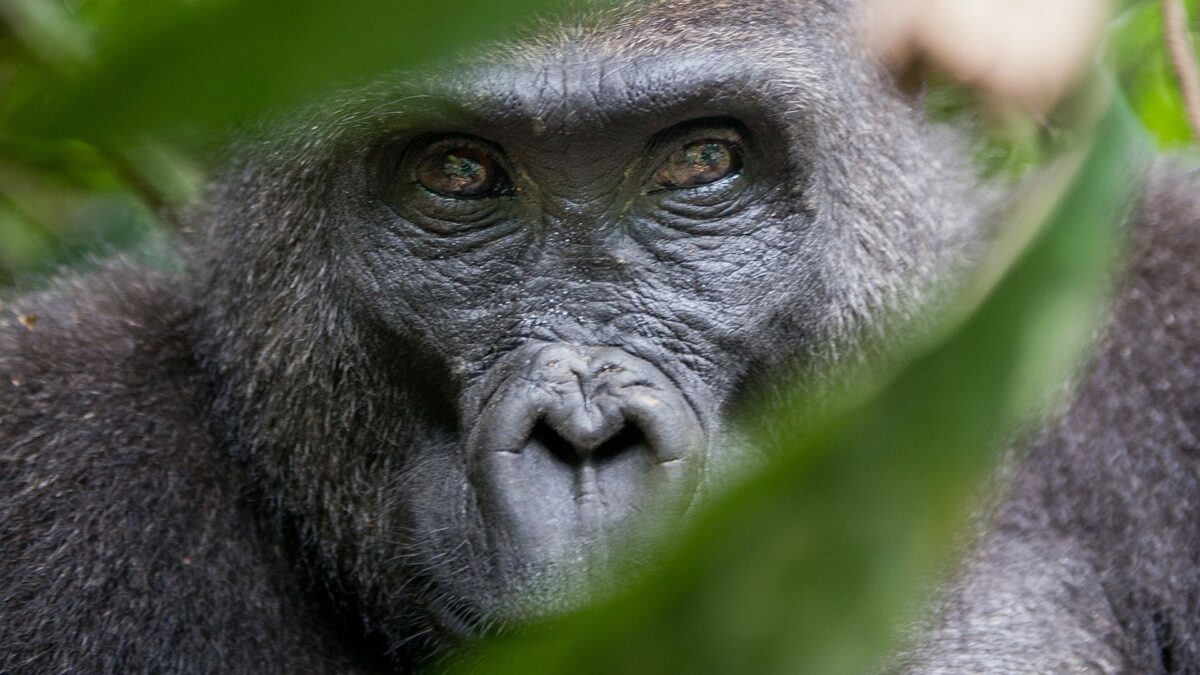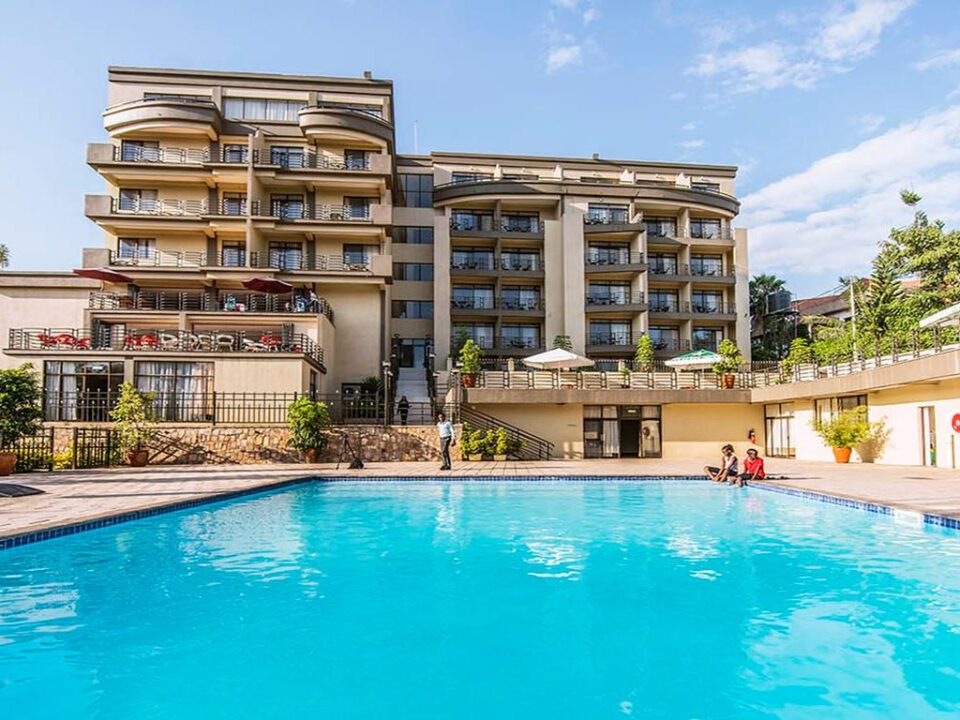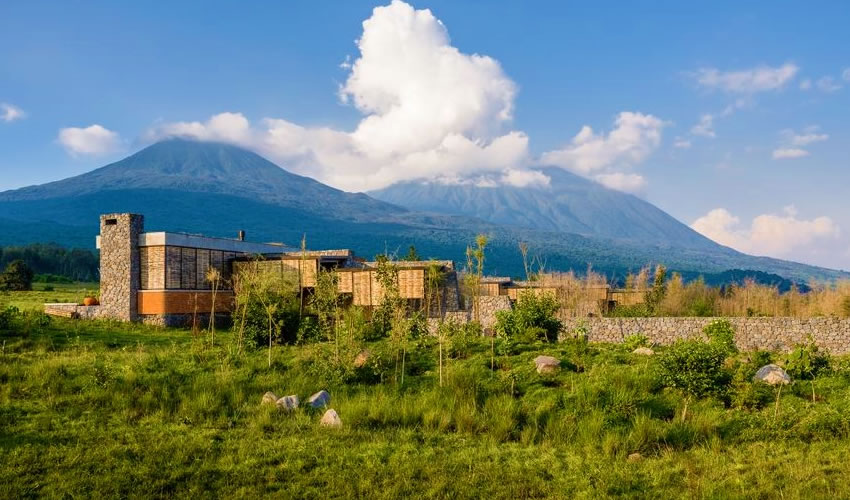- GET IN TOUCH WITH US:
- +256 753518160
- +256 777842166
- info@experiyatourcompany.com

How many gorilla families are in Volcanoes National Park?
November 13, 2025
What’s the difference between Rwanda and Uganda for gorilla trekking?
November 13, 2025When is the best time for gorilla trekking in Rwanda?

When Is the Best Time for Gorilla Trekking in Rwanda?
Understanding Rwanda’s Seasons and the Gorilla Trekking Experience
Gorilla trekking in Rwanda is one of the most extraordinary wildlife experiences available anywhere in the world. Travelers who venture into the lush rainforests of Volcanoes National Park often describe the encounter with mountain gorillas as life-changing, deeply emotional, and profoundly humbling. But one question consistently arises among those planning this remarkable journey: When is the best time for gorilla trekking in Rwanda?
Choosing the ideal time to trek is essential for maximizing comfort, visibility, and overall experience. Rwanda’s climate, though relatively stable, has clear seasons that influence forest conditions and trekking ease. This detailed guide provides an in-depth explanation of the best months for gorilla trekking, considerations for each season, and insights to help travelers make the most informed decision when planning their adventure.
Understanding Rwanda’s Climate
Rwanda lies just south of the equator, yet its high altitude creates a pleasantly mild tropical climate throughout the year. Volcanoes National Park, located in the Virunga Mountains, sits between 2400 and 4500 meters above sea level. This elevation means temperatures remain cool, misty, and humid, especially in the early mornings and evenings.
The region experiences two primary dry seasons and two rainy seasons. These seasons are central to determining the best trekking conditions because they affect trail dryness, gorilla movements, vegetation density, and trekking comfort.
The Long Dry Season: June to September
The period between June and September is widely considered the best time for gorilla trekking in Rwanda. This long dry season offers the most stable weather, making it ideal for travelers seeking easier hiking conditions and clearer visibility in the forest.
During these months, rainfall is minimal, and the trekking trails become more manageable. While the forest remains naturally damp, the absence of heavy rain reduces slippery surfaces and enhances overall safety. The vegetation is also slightly less dense, providing better opportunities for close and unobstructed views of the gorillas.
Because these months coincide with global summer holidays, they represent the peak tourism season. This means gorilla trekking permits sell out quickly. Travelers planning to trek during this period should secure their permits well in advance to avoid missing out on their preferred dates. The high demand reflects the exceptional trekking conditions, mild temperatures, and generally predictable weather that make this season the most appealing for gorilla enthusiasts.
The Short Dry Season: December to February
The second-best time for gorilla trekking in Rwanda is the short dry season, which spans from December to early February. This period also offers relatively dry conditions with fewer rainfall disruptions, making the trekking routes more comfortable.
The temperatures remain cool and pleasant, typical of Rwanda’s highland climate. Visibility during treks is good, and photo opportunities are excellent because natural light filters beautifully through the forest canopy.
The short dry season is particularly attractive to travelers wishing to combine gorilla trekking with Rwanda’s festive holiday season or who prefer smaller crowds than those found during the June to September peak. However, because it is still considered a favorable season, gorilla permits must be booked in advance due to high demand.
These dry months also allow more predictable trekking schedules. Rangers find locating gorilla families easier, and trekkers enjoy a smoother day from briefing to forest entry. While the experience is magical throughout the year, this season stands out for its accessibility and reliability.
The Long Rainy Season: March to May
The long rainy season, running from March to May, brings considerable rainfall to Volcanoes National Park. This makes trails muddy, slippery, and physically demanding. Trekking during this time requires stamina, proper gear, and the willingness to navigate challenging terrain.
Despite the increased rainfall, the long rainy season offers several unique advantages. The first is fewer visitors. With reduced tourist traffic, travelers experience a peaceful and more private trekking environment. The lower demand sometimes makes it easier to secure gorilla permits and preferred accommodation dates. Additionally, the long rains transform the forest into a lush, vibrant green wonderland. The vegetation becomes dense and beautiful, giving trekkers breathtaking scenery and extraordinary photographic opportunities.
Gorillas tend to remain in lower elevations during the rainy season because vegetation growth at these altitudes becomes abundant and rich in nutrients. This often results in shorter trekking distances compared to the dry season, meaning some treks may be surprisingly less strenuous than expected.
However, the unpredictability of heavy rains requires travelers to be resilient and properly equipped. Trekking boots, waterproof clothing, durable gloves, and layered attire become essential. Those who embrace the rainy season find it incredibly rewarding because the forest feels untouched, serene, and intensely alive with nature’s raw beauty.
The Short Rainy Season: October to November
The short rainy season, occurring between October and November, is less intense than the long rainy season. While the trails are wet and slippery, the rains are generally more sporadic and less prolonged. Trekking remains manageable with proper preparation, and the forest is once again beautifully green.
Wildlife movement during this time remains interesting, with gorilla families sometimes occupying lower slopes, reducing trekking distances. Photographers particularly enjoy this period because the misty ambiance and bright green foliage create atmospheric conditions ideal for capturing compelling images.
The short rainy season is an excellent option for travelers seeking a balance between affordability, moderate rainfall, and lighter tourist crowds. Gorilla trekking permits may be easier to obtain, and accommodations often offer more flexibility.
Although rain is expected, many trekkers enjoy this season for its calm environment, thick vegetation, and the feeling of exploring the forest during a quieter and more reflective time of year.
How Gorilla Behavior Changes with the Seasons
Mountain gorillas are not migratory animals, and their general patterns remain stable throughout the year. Whether it is dry or rainy, they feed, rest, play, and socialize as usual. However, seasons influence their elevation levels and movement patterns.
During rainy seasons, gorillas prefer lower elevations where young bamboo shoots and fresh vegetation flourish. These lower altitudes often translate into shorter trekking distances.
During the dry seasons, gorilla families may move higher into the mountains to find suitable food sources, sometimes requiring trekkers to hike farther.
Regardless of the season, gorillas remain accessible and closely monitored by expert trackers, ensuring that every trek leads to a successful encounter. The key difference lies in the terrain and weather conditions visitors must prepare for.
Choosing the Best Time Based on Personal Preferences
Determining the best time for gorilla trekking depends on personal preferences, weather tolerance, physical fitness, and overall expectations.
Travelers seeking the most comfortable hikes and stable weather will find the dry seasons ideal.
Those who enjoy lush landscapes, quieter trails, and unique photographic conditions may prefer the rainy seasons.
Budget-conscious travelers often gravitate toward the rainy months because accommodations and travel arrangements offer more flexibility.
Ultimately, the experience remains extraordinary year-round. Each season presents its own magic, and gorilla trekking in Rwanda is consistently rewarded by incredible encounters and unforgettable moments.
What Travelers Should Expect Regardless of Season
No matter when you choose to trek, several aspects of the experience remain constant. Trekkers always begin their journey at the Kinigi Visitor Center for morning briefings, group allocations, and assignment to specific gorilla families. Trackers go ahead before dawn to locate the families, ensuring a safe and organized trek.
Every participant receives a full hour with the gorillas once they are found, making the experience equally enriching across all seasons. The physical demands, while variable, are manageable for most visitors with reasonable fitness. The forest remains cool and humid year-round, so layered clothing, gloves, sturdy hiking boots, and rain protection are essential for all trekkers.
Above all, the emotional connection formed during that magical hour transcends seasonal differences. Witnessing a silverback guarding his family, watching juveniles tumbling through the undergrowth, or observing a mother cuddling her infant leaves travelers with memories that remain etched forever.
Conclusion: The Best Time Is Whenever You Are Ready
The best time for gorilla trekking in Rwanda largely depends on what type of experience you seek. The dry seasons of June to September and December to February offer the easiest trekking conditions and most predictable weather. The rainy seasons of March to May and October to November provide lush forests, fewer crowds, and unique photographic opportunities.
The truth is that Rwanda’s mountain gorillas are accessible all year, and the experience remains breathtaking no matter when you visit. With thoughtful preparation and the right support, every season becomes a beautiful time to meet these remarkable primates in their natural home.
Travelers planning their gorilla trekking adventure in Rwanda are encouraged to book their journey with Experiya Tour Company, a trusted expert dedicated to delivering seamless, memorable, and professionally organized wildlife experiences across East Africa.



